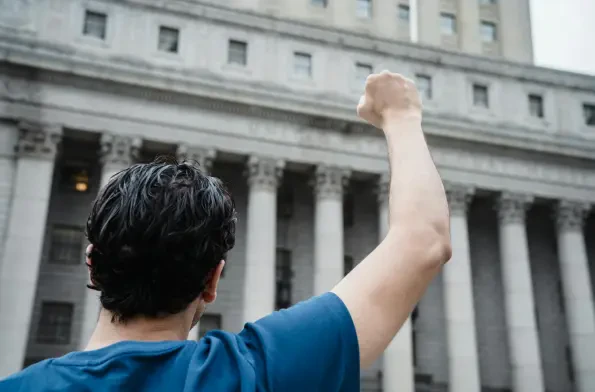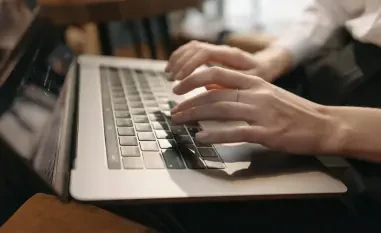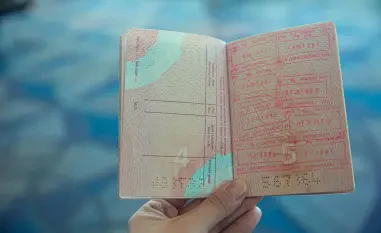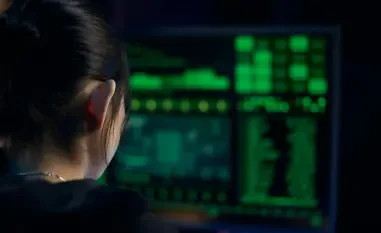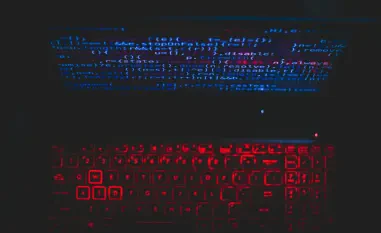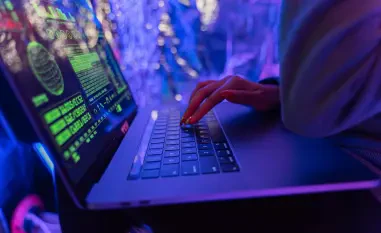In an era where technology blurs the line between reality and fabrication, the recent surge of deepfake content during televised debates has raised alarming questions about how public opinion is formed and influenced. These AI-generated videos, often indistinguishable from authentic footage, have infiltrated social media feeds, creating a wave of confusion just when voters are seeking clarity on critical issues. Unlike traditional polls, which offer a snapshot of public sentiment through structured data, deepfakes strike at a more visceral level, manipulating emotions and perceptions with startling realism. The hidden danger lies not just in the content itself, but in how quickly it can spread unchecked, outpacing fact-checking efforts and embedding false narratives in the minds of viewers. This phenomenon, amplified by platform policy shifts and uneven regulations, poses a unique threat to democratic discourse, making it vital to explore how such technology influences beliefs far beyond the reach of statistical surveys.
1. The Surge of Deepfake Content in Political Discourse
The rapid proliferation of deepfake videos during key political events has created a new battleground for shaping public perception. These manipulated clips, often depicting candidates or public figures in fabricated scenarios, gain traction on social media platforms at an unprecedented speed. A notable policy shift by a major video-sharing platform on September 24 of this year, allowing previously banned accounts to return, has widened the window for such content to spread. This decision, coinciding with a surge in debate-night clips, means that viewers are increasingly exposed to visual noise that can distort reality. With only 24 states currently regulating political deepfakes, the patchwork of laws leaves significant gaps for misinformation to flourish. The result is a digital environment where distinguishing fact from fiction becomes a daunting task, especially during high-stakes moments when public attention is at its peak, and the potential to sway opinions is greatest.
Beyond the immediate spread, the psychological impact of deepfakes on viewers cannot be understated. Unlike polls, which present data that can be analyzed or questioned, deepfakes exploit human tendencies to trust visual evidence over written or numerical information. When a fabricated video of a candidate appears to contradict their stated positions, the emotional response it triggers can override logical scrutiny. Research from organizations like the Brennan Center for Justice highlights how such content erodes trust and reinforces political divisions. For everyday voters, this creates an ambient sense of doubt, making it harder to form coherent opinions based on verifiable facts. Meanwhile, campaign teams with resources to control narratives can exploit this chaos, using official channels to push their messaging while casual viewers struggle with fragmented, unverified clips. This disparity in access to truth further tilts the balance of influence away from democratic ideals and toward those who can manipulate technology most effectively.
2. The Disparity Between Voters and Campaign Strategists
A stark contrast exists between how deepfakes affect everyday voters and how campaign professionals navigate this digital minefield. For the average person scrolling through social media, the flood of unverified debate clips creates uncertainty, as there’s often no clear way to confirm authenticity in real time. This vulnerability is heightened by the speed at which content spreads, leaving little room for reflection before opinions start to solidify. The anxiety this generates is palpable, as individuals grapple with the fear of being misled on issues that directly impact their lives. Without access to specialized tools or training, most people rely on intuition or incomplete fact-checking, which often fails to counter the polished realism of AI-generated fakes. This dynamic underscores a growing challenge in ensuring that public discourse remains grounded in reality rather than manipulated illusions.
On the other hand, campaign strategists and media teams operate with a distinct advantage in this landscape. Equipped with resources to monitor and respond to viral content swiftly, these professionals can shape narratives before deepfakes gain irreversible traction. By maintaining control over official feeds and deploying rapid-response tactics, they can counteract misinformation or even leverage it to their benefit. This ability to steer the conversation provides a level of influence that individual voters simply cannot match. The disparity is further compounded by the fact that campaigns often have direct lines to platform moderators or legal teams, enabling faster action against harmful content. As a result, while the general public wrestles with doubt and confusion, those behind the scenes can exploit the same technology to reinforce their messaging, highlighting a troubling imbalance in how deepfakes impact belief systems across different groups.
3. Navigating the Noise with Practical Verification Strategies
Amid the rising tide of deepfake content, adopting practical verification strategies becomes essential for maintaining a clear perspective. One effective approach is to establish a quick checklist for evaluating viral clips, especially during debates or other high-profile events. Start by bookmarking two official sources, such as a candidate’s live stream or a trusted pool feed, to compare against any questionable content frame by frame. Look for subtle inconsistencies like lip-sync delays, unnatural lighting shifts, or distorted features that often betray AI manipulation. This process, while time-consuming at first, can be streamlined to take just a few minutes with practice. By prioritizing these initial steps, viewers can avoid the trap of sharing or internalizing false information, thereby reducing the spread of harmful narratives in their personal networks and beyond.
Another critical tactic involves cross-referencing content with reputable transcripts and noting any missing context or edited elements, such as spliced applause or abrupt cutaways. This step ensures that the broader narrative of a clip aligns with documented reality, rather than relying solely on emotional impact. Additionally, immediate action like reporting suspected fakes and adding cautionary notes in group chats can prevent further amplification. These measures, if adopted widely, create a ripple effect of accountability in digital spaces. While no single method can fully eliminate the threat of deepfakes, combining these practices builds a robust defense against their influence on personal beliefs. Over time, such habits can shift the balance back toward informed decision-making, even in an environment saturated with sophisticated misinformation.
4. Looking Ahead to Evolving Challenges and Solutions
Reflecting on the chaos of recent debate cycles, it became evident that deepfake infiltration had outpaced both public awareness and regulatory responses. Court battles, such as the striking down of a California deepfake rule on August 7 of this year, signaled a rocky path for legal protections. Meanwhile, platform policies grew inconsistent, with fewer takedowns and rapid account reinstatements adding to the noise. Over the past months, these developments left timelines cluttered with mislabeled clips, often corrected only hours after going viral. The struggle to keep pace with technology’s dark side was clear, as state-level efforts to tighten disclosure rules before elections faced uneven enforcement. This period underscored a critical lesson: without coordinated action, the erosion of trust in visual media would only deepen.
Moving forward, vigilance must be paired with proactive solutions to counter deepfake influence. Tracking the ratio of corrections to confirmations in social feeds offers a tangible metric to gauge exposure to misinformation. Additionally, advocating for uniform disclosure laws within the next two years, from now until 2027, could standardize protections across states. Individuals should also commit to refining verification routines, ensuring they’re second nature during critical news cycles. As platforms and lawmakers adapt, public education on spotting fakes will be key to rebuilding trust. These steps, though incremental, provide a foundation for navigating future challenges, ensuring that beliefs are shaped by reality rather than expertly crafted illusions.
